Solar LED Street Lights: Comprehensive Explanation of Components and Characteristics
Solar LED street lights utilize the principle of the photovoltaic effect of solar cells. During the day, solar panels absorb solar energy photons to generate electricity. This electricity is stored in batteries through the control of a photovoltaic controller. When night falls or when the surrounding light intensity is low, the stored electricity in the batteries is used to power the light source. After a predetermined time, the controller cuts off the power supply to the light source.
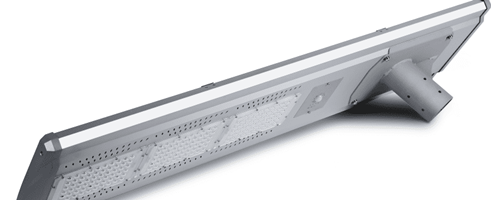
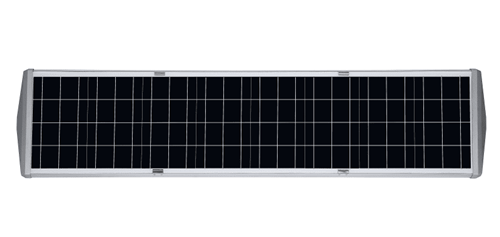
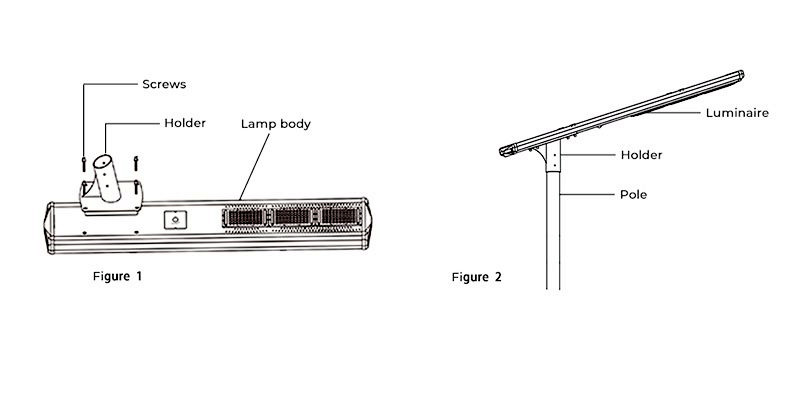
Solar LED street lights are composed of several main components, as shown in Figure 1: solar panels, solar LED street light controller, battery pack, light source, lamp pole, and lamp housing, among others.
The solar battery pack is the core component of solar LED streetlights and is also the most valuable part of them. Its function is to convert the sun's radiative energy into electricity. Among the various solar cells, there are three common and practical types: monocrystalline silicon solar cells, polycrystalline silicon solar cells, and amorphous silicon solar cells.
In regions with abundant sunlight in the eastern and western parts of the country, it is advisable to use polycrystalline silicon solar cells because their production process is relatively simple, and they are more cost-effective compared to monocrystalline silicon. In southern areas with more overcast and relatively insufficient sunlight, it is better to use monocrystalline silicon solar cells because they have more stable performance parameters.
For silicon solar cells, under standard conditions (spectrum irradiance: 100W/m2, spectrum: AM1.5, temperature: 25°C), their open-circuit voltage is in the range of 0.48 to 0.6V. By connecting multiple individual solar cells and encapsulating them, solar cell modules of different sizes and power outputs can be created, which are also commonly referred to as solar panels. Individual solar cells are generally not used in practical applications; solar cell modules are used instead.
Currently, there are two main encapsulation methods for solar cells: lamination process and potting process. Solar cells encapsulated using the lamination process can ensure a working lifespan of more than 25 years. The technological characteristics and lifespan of the lamination process are superior to the potting process. Regardless of the type of solar cell, they all have five major electrical parameters: short-circuit current (Isc), peak current (Im), open-circuit voltage (Voc), peak voltage (Vm), and peak power (Pm = Im × Vm).
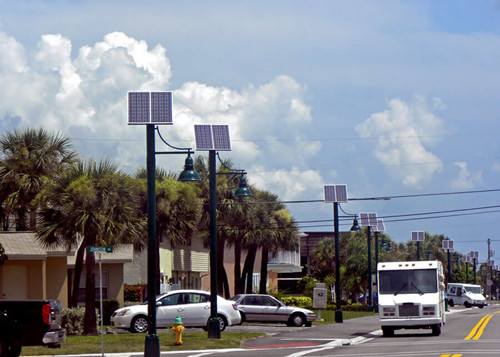
The peak power of a solar cell is the maximum power output under standard conditions (STC), defined by the European Commission's 101 standard. STC conditions include a radiation intensity of 1000W/m2, atmospheric mass AM1.5, and a cell temperature of 25°C. Peak power is typically measured in watts peak (Wp).
The output power of a solar cell (or module) depends on factors such as solar irradiance, solar spectrum distribution, and the operating temperature of the solar cell (or module). At different times and locations, the output power of the same solar cell can vary.
In terms of area-based calculations, the output power of a solar cell is approximately 120W per square meter. As the conversion efficiency improves, the output power also increases accordingly. The selection of the output power of a solar cell module should be determined based on factors such as the power of the light source for solar lighting, the usage duration, and the local climatic and geographical conditions.
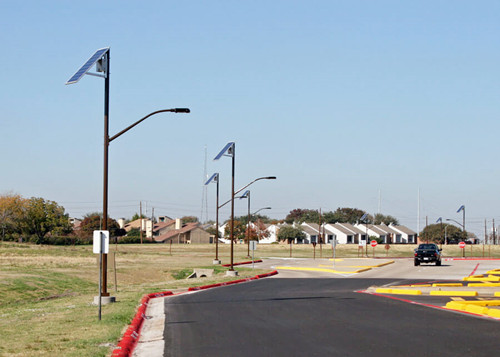
In the process of using solar cell modules, if a single solar cell is obstructed for an extended period by objects such as leaves, it can overheat and become damaged when exposed to strong sunlight. In some cases, this can even lead to damage to the entire solar cell module, a phenomenon known as the "heat island effect." To prevent the heat island effect, it is generally recommended to tilt the solar cell modules so that objects cannot attach to the surface of the solar cells.
Due to the significant variation in latitude across China, the tilt angle for the installation of solar cell modules varies depending on the location's latitude. In general, in areas south of the Yangtze River, the installation tilt angle is around 30 degrees; in areas north of the Yangtze River, it is around 45 degrees; and in the northeastern region, it should be around 50 degrees. The orientation should be towards the true south or slightly west of the south by 5 degrees. When solar cells are installed horizontally, their output power can decrease by 15% to 20%.
Regardless of the size of solar lighting fixtures, a well-performing charge-discharge controller is essential. To extend the lifespan of the battery, it is necessary to limit its charging and discharging conditions to prevent overcharging and deep discharging.
In places with significant temperature variations, a qualified controller should also have temperature compensation functionality. At the same time, a solar controller should serve as a streetlight controller, with features such as light control and time control. It should also have the capability for automatic load control at night, making it convenient to extend the working hours of solar LED street lights during cloudy and rainy days.
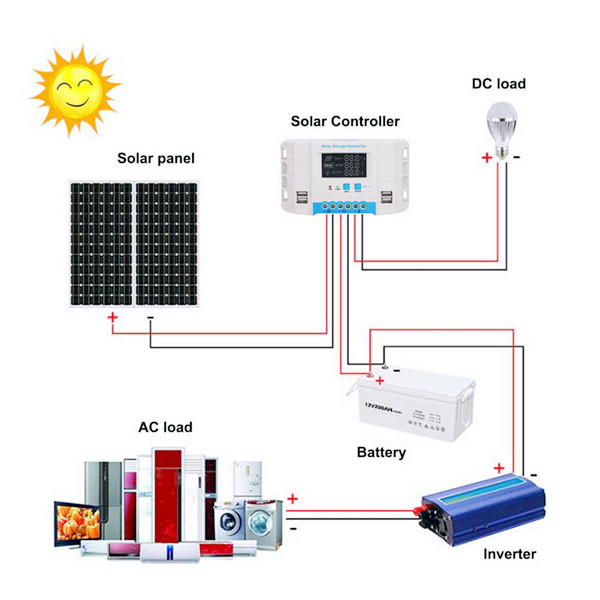
For any solar lighting system, the quality of the charge-discharge control circuit will directly impact the success of the system's application. Due to the highly variable nature of the energy input in solar photovoltaic power systems, controlling battery charging in a photovoltaic system is more complex compared to using a mains power charger for battery charging.
A well-performing photovoltaic controller should have multiple protective functions, including control of battery charging and discharging, temperature regulation, maximum power tracking, overcharge protection, over-discharge protection, short-circuit protection, reverse connection protection, as well as automatic switching and time adjustment functions. These features ensure the reliable operation of the system. Additionally, the photovoltaic controller should be equipped with the capability to intelligently optimize the output power of solar cell modules under different temperatures and solar radiation conditions, thus ensuring high efficiency for the solar photovoltaic system.
In solar photovoltaic systems, the battery is charged directly by solar cells, and the energy obtained is highly variable. Therefore, it is essential to install batteries with suitable capacity and reliable performance to ensure the normal operation of the solar photovoltaic system. In solar photovoltaic lighting systems, maintenance-free lead-acid batteries are commonly chosen for this purpose.
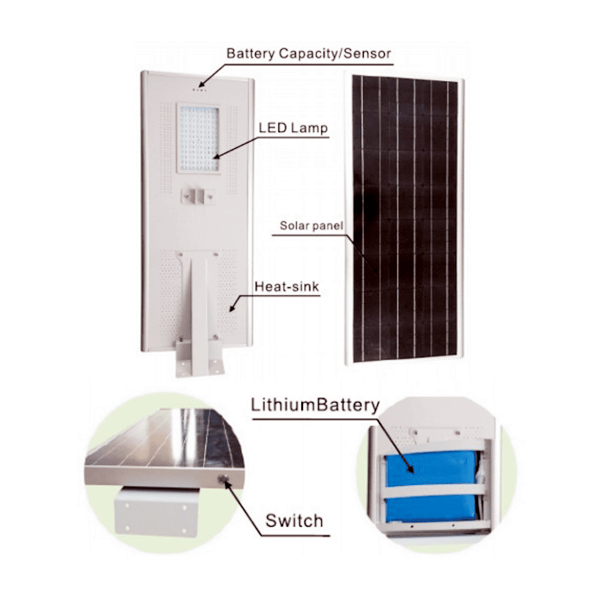
Maintenance-free lead-acid batteries are sealed, have a high discharge rate, and have stable characteristics. They do not require water addition, are easy to install, have a small footprint, and can be installed horizontally or vertically. The expected lifespan is generally 5 to 7 years.
The general principles for choosing the capacity of a battery are as follows: It should first be sufficient to meet the nighttime lighting requirements while storing as much of the energy generated by the solar panels during the day as possible. It should also be able to meet the electrical needs during continuous overcast and rainy nights. If the battery capacity is too small, it cannot meet the nighttime lighting needs, and if it is too large, the battery will remain in a state of undercharge for an extended period, which shortens its lifespan and results in unnecessary investment.
A simple method to determine the relationship between them is that the solar panel power must be at least four times higher than the load power for the system to operate normally. The voltage of the solar panel should be 20-30% higher than the working voltage of the battery to ensure proper charging. The battery capacity should be at least six times higher than the daily load consumption. The basic requirements for the batteries used in solar LED street lights are as follows:
(1).Low self-discharge rate
(2).Long lifespan
(3).Strong deep discharge capability
(4).High charging efficiency
(5).Low maintenance or maintenance-free
(6).Wide operating temperature range
(7).Cost-effective.
LEDs operate on direct current (DC) and have a relatively low operating voltage. Solar panels convert solar energy into DC electrical energy, and solar panel modules can be combined in series or parallel to achieve the required voltage.
These characteristics happen to be compatible with LEDs. Combining the two results in high energy efficiency, improved safety performance, and reliability. It enables an energy-efficient, environmentally friendly, safe, and efficient lighting system—a perfect combination.
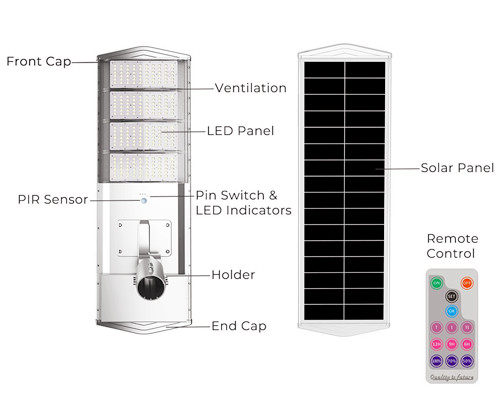
The key to the perfect integration of solar photovoltaic technology with LED lighting lies in the fact that both operate on direct current (DC), have low voltage, and can match each other. This means that there is no need to convert the DC electricity generated by solar panels into alternating current (AC), significantly improving the efficiency of the entire lighting system. Additionally, the use of batteries to store and release energy further enhances its advantages.
With ongoing research into related technologies, the luminous efficiency of LEDs is continuously improving. The emergence of ultra-high-brightness LEDs is poised to replace conventional lighting sources, resulting in significant energy savings and reduced pollution.
LED lights have several advantages, including a long lifespan, which can reach up to 1,000,000 hours, low operating voltage (eliminating the need for inverters), and relatively high luminous efficiency. Domestic LED luminous efficacy is around 50lm/W, while imported LED luminous efficacy is around 80lm/W. With ongoing technological advancements, the performance of LEDs will continue to improve.
LED lighting is a new form of illumination that utilizes low-voltage direct current (DC) to illuminate LED modules, offering characteristics such as high brightness and good color rendering. Additionally, because LED street lights operate on low-voltage DC, they can be combined with solar panels. LED as the light source for solar LED street lights is expected to be a growing trend in future developments.
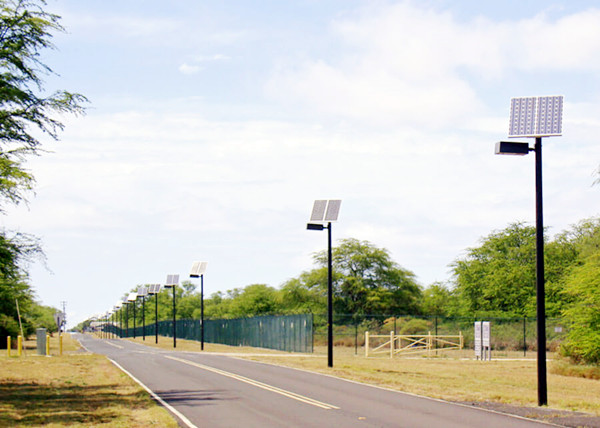
We are excited to share some remarkable developments and opportunities in the world of LED solar streetlights. As a leading LED solar street light manufacturer in China, our commitment to quality and innovation has never been stronger.
One of our standout features is the exceptional longevity of our batteries, which we proudly guarantee for more than 5 years. Our relentless pursuit of excellence and dedication to quality assurance ensures that our products are not just dependable but are built to stand the test of time.
In today's world, we face a pressing challenge - the urgent shortage of energy. It is a global concern that requires sustainable solutions, and solar new energy is proving to be a beacon of hope. Solar LED streetlights have emerged as a beacon of hope, offering a sustainable and energy-efficient lighting solution that's not only eco-friendly but also economically advantageous.
We believe that now is the perfect time to embrace the future of lighting technology. Solar LED street lights are not just a trend; they are a transformation in how we illuminate our streets, homes, and businesses. They offer numerous benefits, including energy savings, environmental preservation, and long-lasting performance.
We invite you to seize the incredible market prospects in the solar LED lighting industry. As a trusted LED solar street light manufacturer, we are dedicated to helping our customers make a positive impact on the environment while enjoying the benefits of energy-efficient lighting.
By partnering with us, you gain access to top-quality products, unrivaled expertise, and a company that cares about your success. We are not just selling products; we are building lasting relationships. Together, we can create a sustainable and brighter future.
We encourage you to place an order with us and embark on a journey toward establishing a long-term cooperative relationship. Let us work together to illuminate the path forward, both for your business and for the world.
If you have any questions or need further information, please do not hesitate to contact us. We are here to assist you every step of the way.
I hope to you considering us as your partner in the pursuit of a brighter, greener, and more sustainable future.
Contact: Mr. Otis
Phone: +8615815758133
Tel: +8615815758133
Email: Hello@lederlighting.com
Add: No. 1 Gaoxin West Road,High-tech Zone, Jiangmen, Guangdong, China